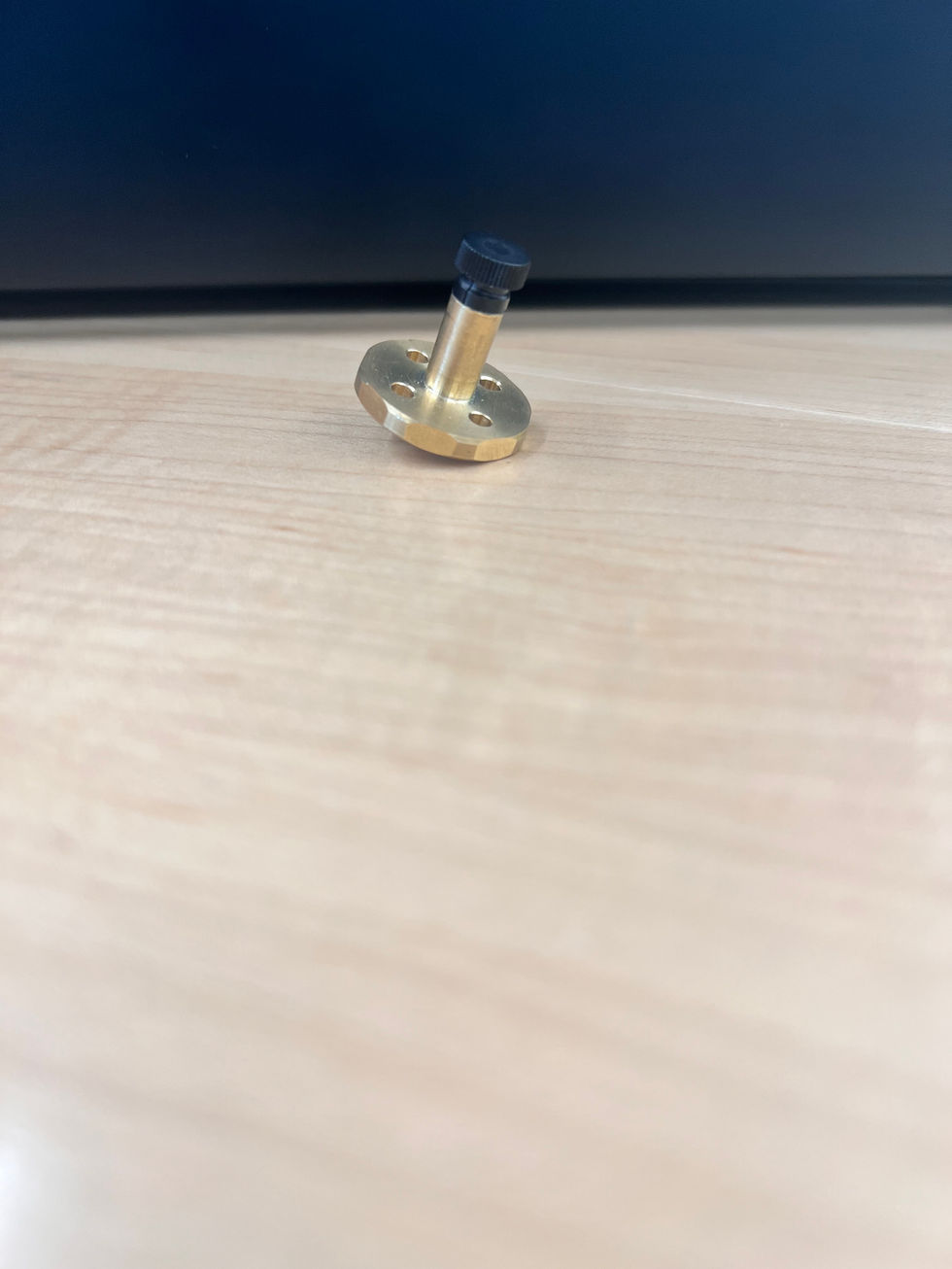
Aussie Exchange is a Java-Swing web application that pairs older adults in Japan with friendly Australian visitors for casual conversation, cultural sharing, or guided experiences. The goal: ease loneliness in Japan’s aging population while giving tourists a richer, people-first way to explore the country.
DEMO:
My Roles
Java-Swing Developer
- Implemented language-switching, authentication, and accessibility tweaks
- Refactored UI components after each round of user testing
Project Manager
- Set weekly milestones and kept the team of four on schedule
- Facilitated stand-ups & retros to maintain a healthy team dynamic
Documentation Lead
- Authored the localization summary, usability-test reports & final slide deck
- Ensured all deliverables met course and ISLO standards
The Problem
-
Social Isolation: Japan has the world’s fastest-aging population; single-person households and reported loneliness are rising.
-
Tourism Opportunity: Australian travel to Japan has grown 5× since 2010. We saw potential to connect these two trends for mutual benefit.
The Solution
-
Profile Browsing – Japanese users scroll a card-style list of vetted Aussies.
-
Secure Matching – Requests are encrypted; both sides approve before any contact.
-
Language Support – One-click language swap (日本語 / English); all labels auto-localize.
-
Accessibility First – High-contrast palette, scalable fonts, keyboard-navigable layout.
Cultural Localization Approach
We wanted to build more than just a translated app, our goal was to make Aussie Exchange feel natural and intuitive for Japanese users.
Research-First Process
Started with academic and online research to understand social issues in Japan (like loneliness among older adults) and cultural norms around design, privacy, and interaction.
Interviews with Cultural Experts
We talked with Japanese users and cultural experts to ensure our concepts addressed a real need, not just what sounded good to us.
Usability Testing:
Round 1
Our first prototype (Figma) focused on basic flow and structure. Feedback helped us fix spacing, labeling, and other quality-of-life issues.
Results
Usability Testing:
Round 2
The second prototype was built in Java Swing with full functionality. We tested it with four Japanese users (either native or fluent). Their insights changed everything.
JP Font Matters
Default Java fonts appeared Chinese. We switched to MS Mincho, a Japanese-friendly font, for all localized screens based on direct user feedback.
Replacing Commercial Imagery
Our original login screen used a Mt. Fuji photo that felt too touristy. We replaced it with friendly, human-centered visuals to match the app’s purpose.
Improved Interaction
Users tried clicking on flag icons to change languages, but only the small button below worked. We made the whole flag clickable for easier use.
Sorting Differences
Unlike U.S. apps like Amazon, Japanese users use fewer sorting filters. We simplified our browsing experience based on that preference.
Tech Stack
Frontend & Backend:
Java 17 + Swing
Authentication System:
Custom-built using CSV files and secure password hashing
Version Control:
GitHub Classroom


Create Your First Project
Start adding your projects to your portfolio. Click on "Manage Projects" to get started
Top Fabrication Project
Project Type
Fabrication
Date
Sep. 2023
The Top Fabrication Project aims to work on the ability to translate engineering drawings into a fabricated product. The machines used were a lathe, vertical bandsaw, and bench mill. This project was a great way to improve my overall machine shop skills and confidence in creating a tangible object.











